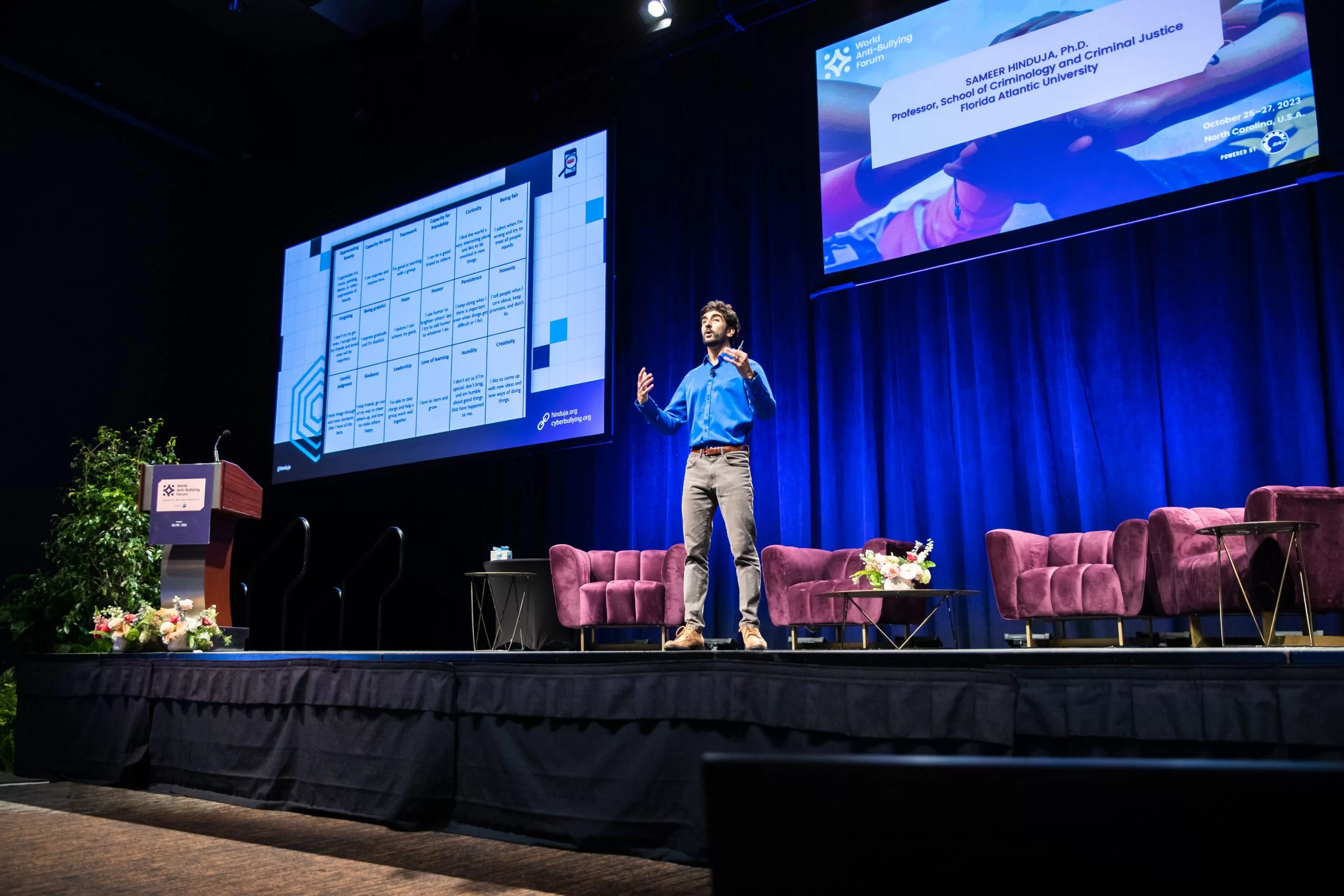
World Anti-Bullying Forum 2023!
It’s been over a month, but I still catch myself smiling when I think of the memories made at the 2023 World Anti-Bullying Forum (WABF). For those not familiar, WABF is an international forum and biennial conference focused on understanding and preventing bullying, cyberbullying, and other forms of interpersonal violence against children and young people. Delegates […]
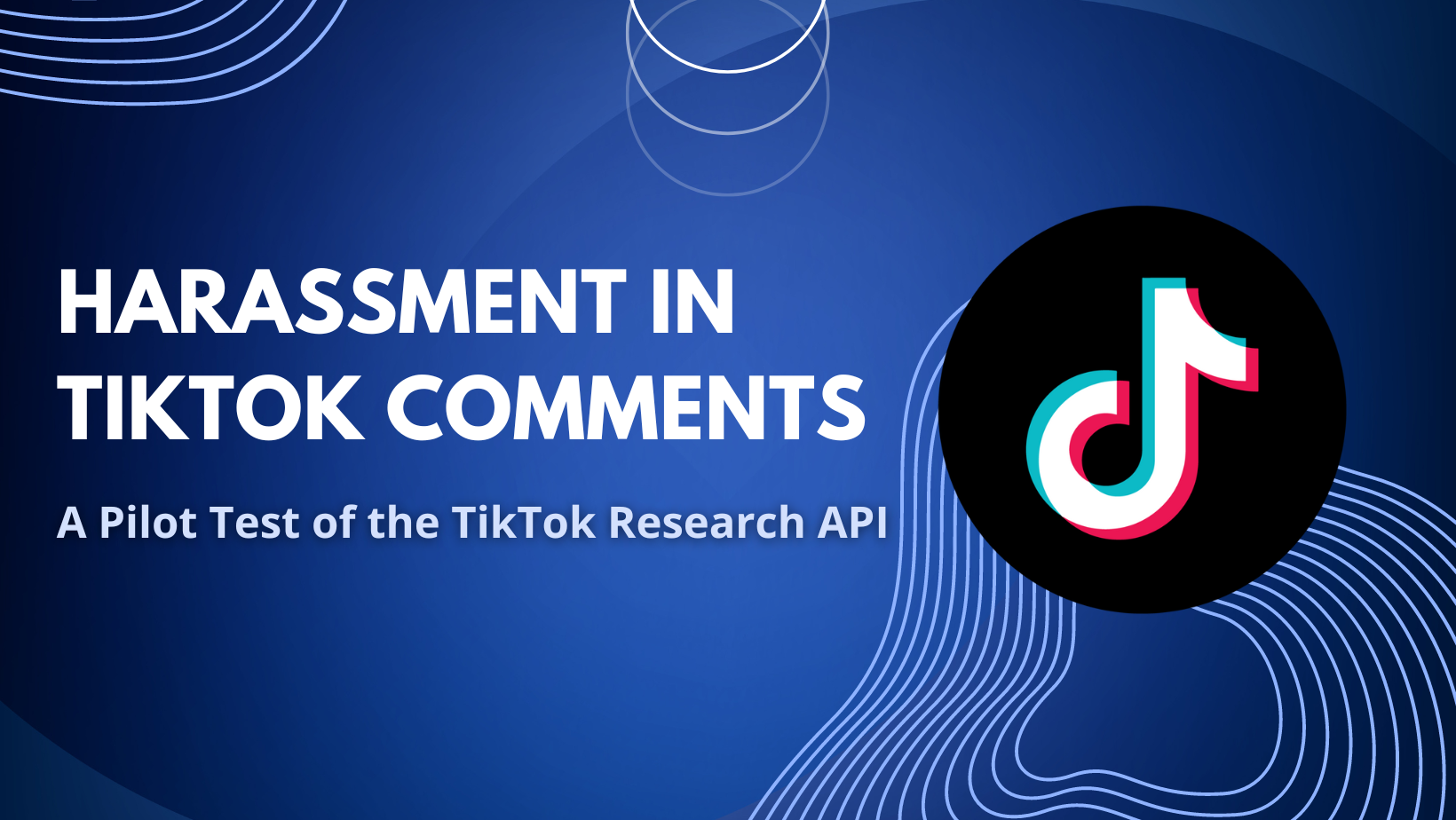
Harassment in TikTok Comments: A Pilot Test of the TikTok Research API
In the Spring of 2023, TikTok released a Research API to academic researchers in the United States in an effort to “enhance transparency with the research community” and “stay accountable to how we moderate and recommend content.”1 According to their documentation, approved access allows for the retrieval of: • Public account data, such as user […]
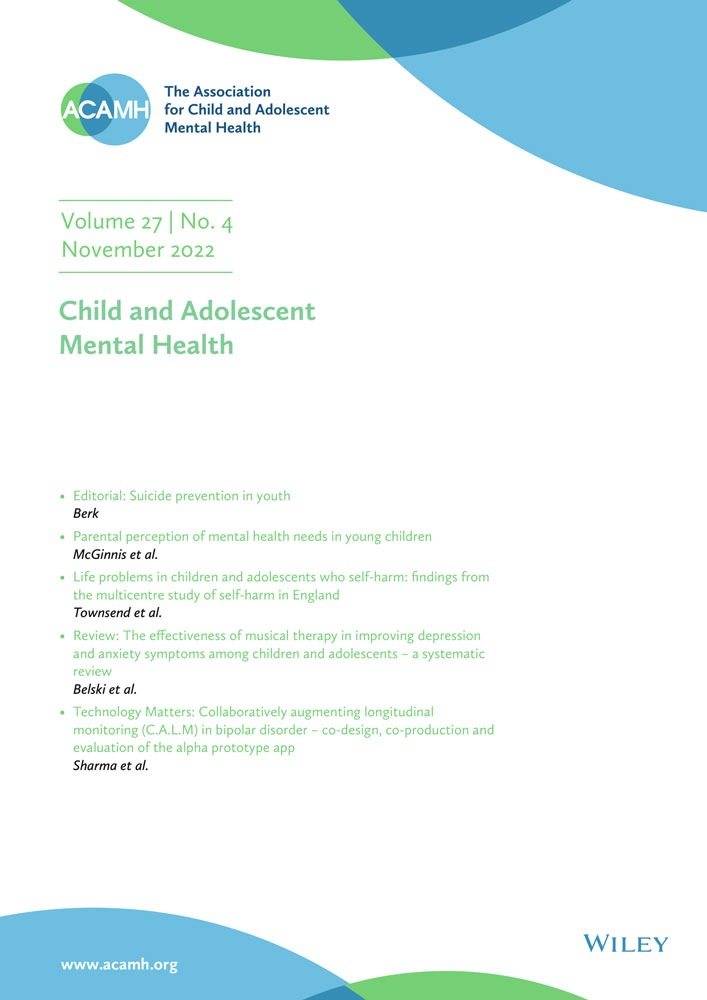
Digital Self-Harm and Suicidality Among Adolescents
Background Research on digital self-harm – the anonymous online posting, sending, or otherwise sharing of hurtful content about oneself – is still in its infancy. Yet unexplored is whether digital self-harm is related to suicidal ideation or suicide attempts. Methods In the current study, survey data were collected in 2019 from a national sample of […]

Bias-Based Cyberbullying Among Early Adolescents: The Role of Cognitive and Affective Empathy
Bias-based cyberbullying involves repeated hurtful actions online that devalue or harass one’s peers specific to an identity-based characteristic. Cyberbullying in general has received increased scholarly scrutiny over the last decade, but the subtype of bias-based cyberbullying has been much less frequently investigated, with no known previous studies involving youth across the United States. The current […]
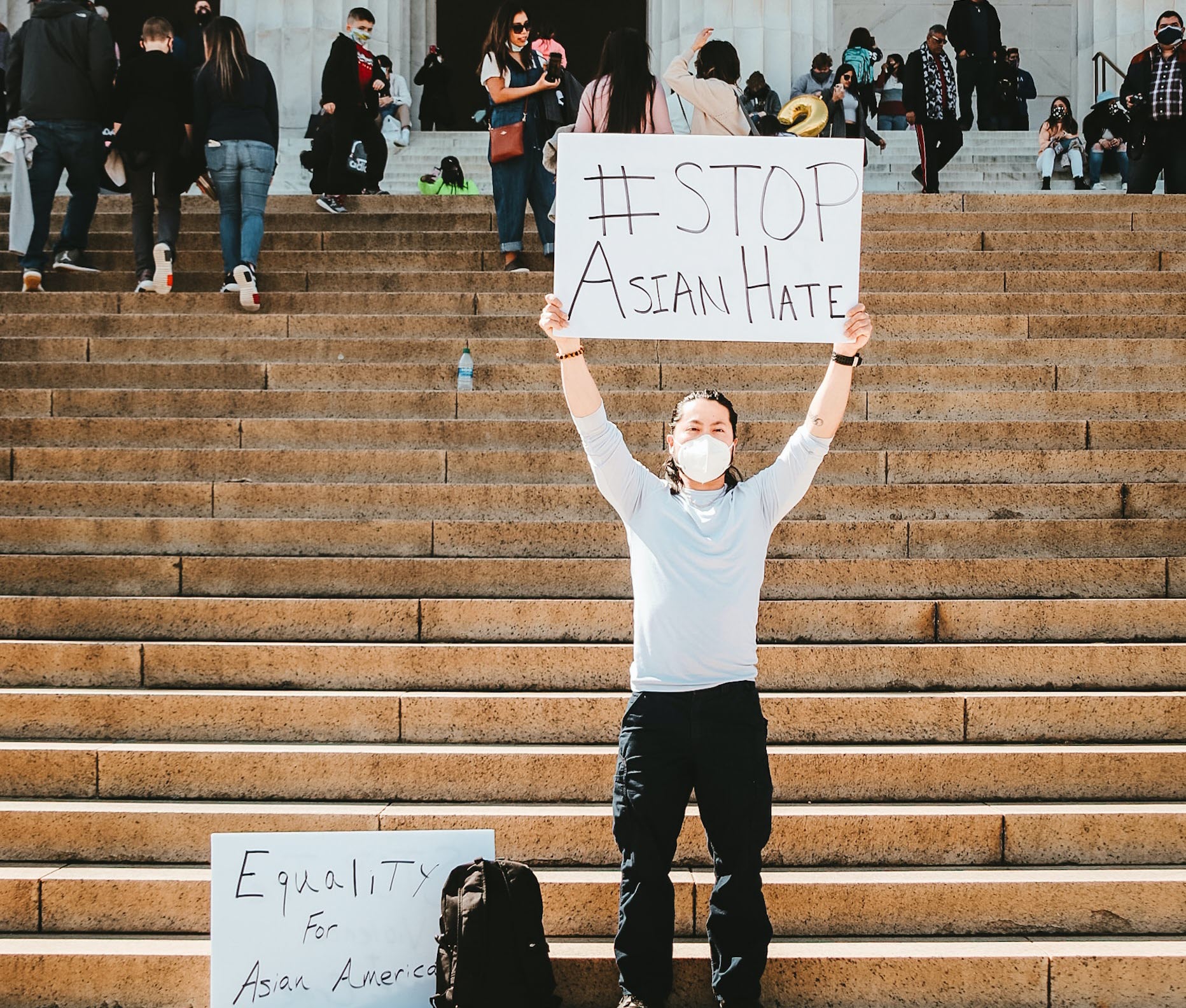
Cyberbullying Among Asian American Youth Before and During the COVID-19 Pandemic
Last year I posted preliminary results of our inquiry into whether cyberbullying had increased during the COVID-19 pandemic. We found that it had in fact increased, though not to the extent that some had predicted. Today I can share that additional findings from this research have just been published in the Journal of School Health. […]
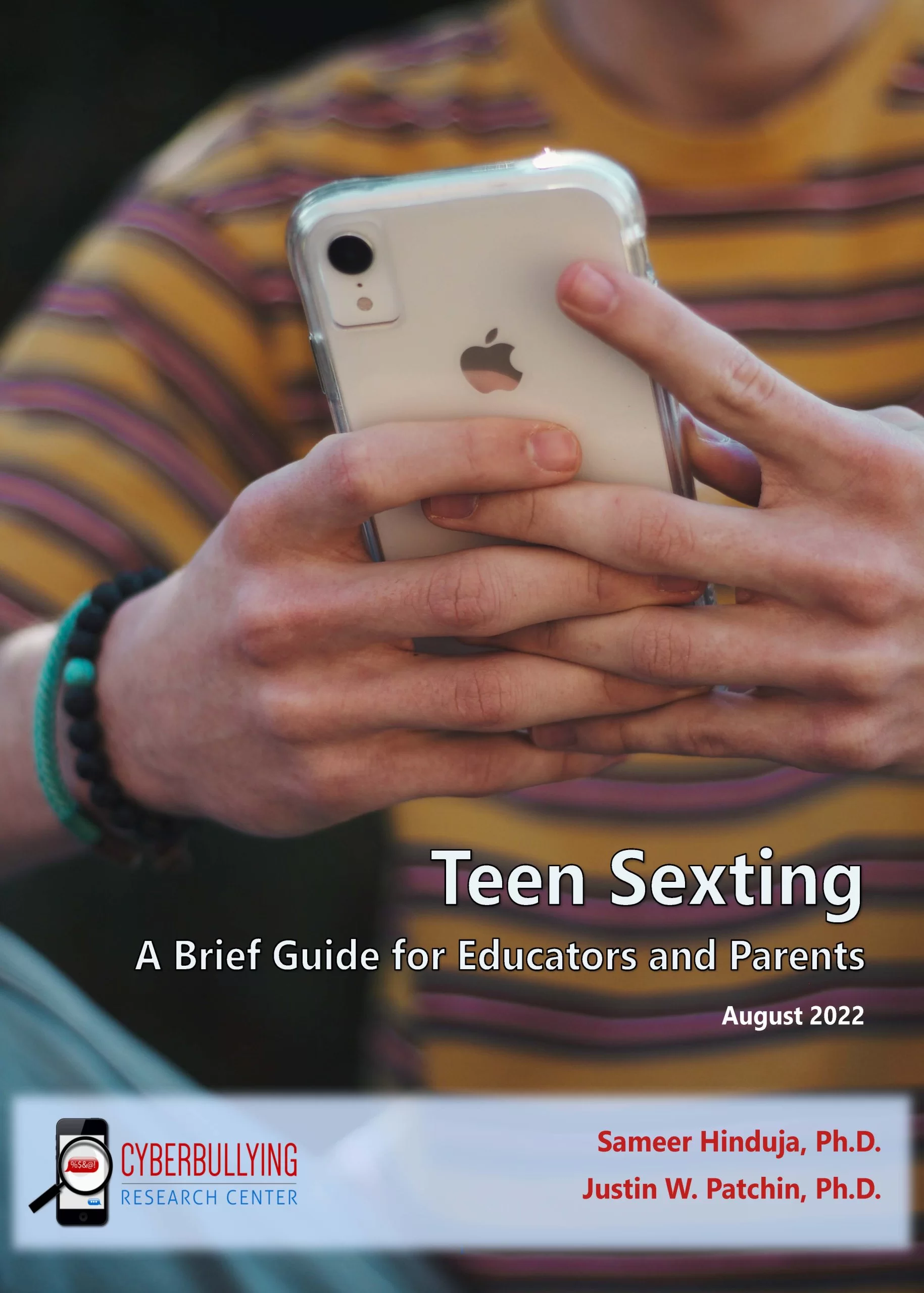
Teen Sexting: A Brief Guide for Educators and Parents
This research summary reviews what is currently known about teen sexting. Research from across the United States is discussed, along with practical solutions for parents, educators, and other adults to prevent and respond to teen sexting. Citation information: Hinduja, S. & Patchin, J. W. (2022). Sexting – A Brief Guide for Educators and Parents. Cyberbullying […]

Digital Self-Harm and Suicidality among Middle and High School Students
Sameer and I have been interested in digital self-harm for almost a decade now. We first became aware of it when we learned of the suicide of Hannah Smith, a 14-year-old girl from England who ended her own life after being mistreated online. It was ultimately determined that many of the hurtful comments directed to […]
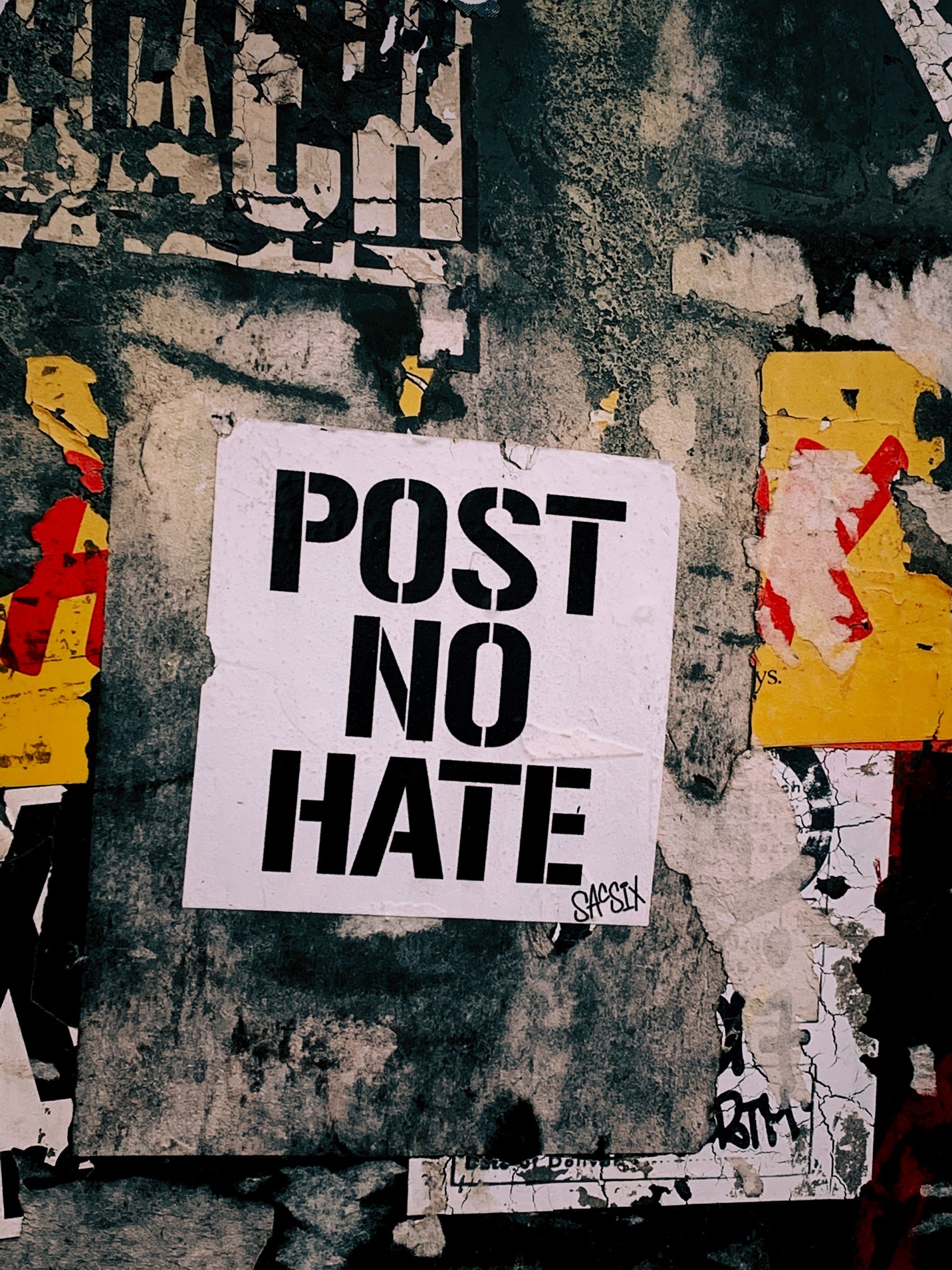
Can Empathy Reduce Cyberbullying Based on Race or Religion?
I have been increasingly concerned about rising levels of hate speech, hate crimes, racist bullying, and xenophobia – especially when considering how these behaviors online are linked to violence offline against marginalized groups. It isn’t just alarming, it’s frightening – especially being a minority and considering what my children may have to deal with while […]

Michigan Teen Latest Casualty of Sextortion
Seventeen-year-old Jordan DeMay seemed to have it all going for him: he was handsome, athletic, and was finishing his senior year at Marquette Senior High School in Marquette, Michigan. He was Homecoming King. When a pretty girl he didn’t know messaged him on Instagram and asked to exchange intimate images, he was skeptical. After a […]

Vicarious Supervision: Preventing Problematic Behaviors Online through Positive Parent-Child Relationships
Lately we’ve been more directly exploring the role of parenting in preventing cyberbullying and other online problem behaviors. To be sure, parents* have a responsibility to be directly involved in monitoring and influencing the early online activities of their children. This could mean occasionally reviewing messages and regularly checking security settings, but should also include […]

